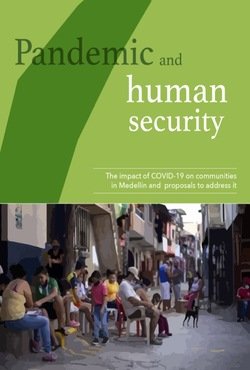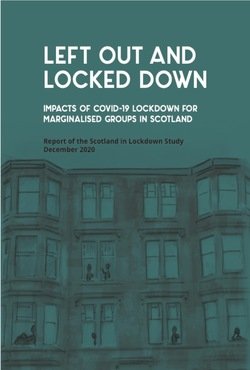By Oliver Sacks
This is the extraordinary account of a group of 20 patients, survivors of the great sleeping-sickness epidemic which swept the world in the 1920s, and the astonishing, explosive ‘awakening’ effect they experienced 40 years later through a new drug L-DOPA administered by Dr Sacks. The stories he tells of these remarkable individuals are moving, often courageous and sometimes tragic. Through them he also explores the most general questions of health, disease, suffering, care and the human condition. Now hailed as a medical classic, Awakenings was first published in 1973 and won the Hawthomden Prize of that year. It has since inspired a TV documentary, radio and stage plays, including Pinter’s A Kind of Alaska, and a major feature film. For this revised edition the author has written much new material, including a section about Awakenings on stage and screen.
London. Pan Books. 1973. 424p.





















